The Scammell Pioneer is a 6×4 truck designed released in 1927 as an artillery tractor, recovery vehicle, and tank transporter. It was developed long before the Willys Jeep or the Land Rover as an early solution to mechanized off-road mobility.
As World War II erupted across Europe in 1939 vehicles like the Scammell Pioneer suddenly became invaluable. Before the war the British War Office had only purchased one, but by the end of the conflict they had bought almost 2,000.
Fast Facts – A Remote Control 1:3 Scale Scammell Pioneer
- This is a remotely controlled 1:3 scale Scammell Pioneer was built from scratch over a period of eight years, it shows remarkable attention to detail throughout and it comes with the R/C controller which allows it to be driven around at shows and events.
- The original Scammell Pioneer was first produced in 1927, it remained in production through WWII and became an invaluable logistics tool for recovering vehicles, transporting tanks, delivering fuel, and towing artillery.
- The rear four wheels of the Scammell Pioneer were driven, making it a 6×4 drive vehicle. Both petrol and diesel versions were built and they were fitted with a power take-off driving a Scammell winch.
- The one-off Scammell Pioneer scale model you see here is now for sale, providing a unique opportunity to buy a functional 1:3 scale Scammell for shows and exhibitions.
“You Can Take A Scammell Almost Anywhere”
When the Scammell Pioneer was released the company marketed it by saying “You can take a Scammell almost anywhere,” and they weren’t wrong. The Pioneer was one of the most capable off-road trucks in the world at the time, years before the release of Willys Jeep, Land Rover, Unimog, or Land Cruiser.
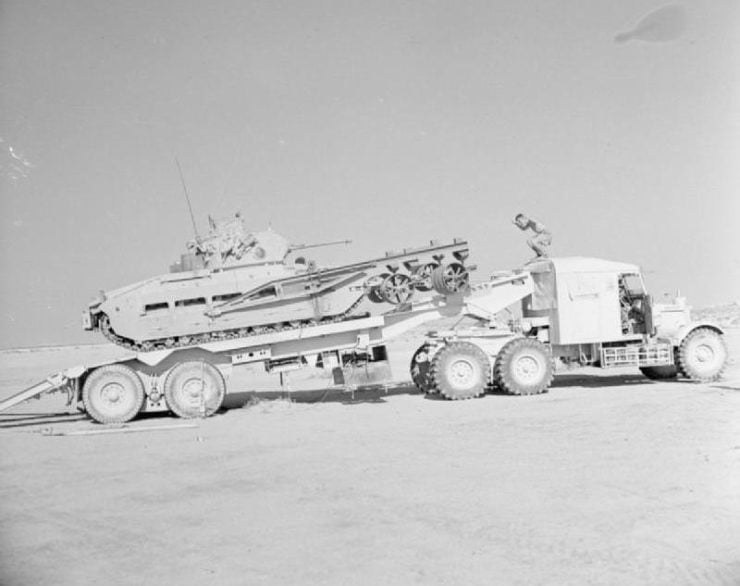
A Matilda tank equipped with AMRA Mk 1a (Anti-Mine Roller Attachment) being loaded onto a transporter, 28 August 1942. Image courtesy of the British Imperial War Museum.
The Pioneer was originally developed by engineers at Scammell for use in Britain’s colonies and overseas territories where roads often didn’t exist, or were frequently impassable to normal vehicles.
Despite the proven off-road prowess of the Pioneer the British War Office ordered just one of them for evaluation. By the time the Second World War broke out it became clear that the Scammmell was going to be invaluable, and the War Office was placing orders for them hand over fist.
During the conflict the Scammell Pioneer was used mostly in Europe, its roles varied but it was most commonly used as an artillery tractor, pulling the 60 pounder, 6 inch Howitzer, 4.5 inch gun, and the 5.5 inch Howitzer.
Other uses included tank transporting, some versions of the Pioneer had a tank trailer permanently attached and they were used frequently in this role. They could also recover damaged and broken down tanks thanks to their winch.
Above Image: This is a period instructional film on the Scammell Pioneer, it was used to instruct recruits on all of the major functions of the vehicle including the use of the winch and power take-off.
By the end of the war in 1945 Scammell had built almost 2,000 examples of the Pioneer. Very few of them remain today, there are a few in museums and private collections, but the vast majority are lost to history.
The R/C 1:3 Scale Scammell Pioneer Shown Here
The Pioneer you see here looks like the real thing at first, but it’s actually an incredibly detailed 1:3rd scale model that was built from scratch – not from a kit as no kit in this scale has ever existed.
The project took the builder over eight years to complete, the final product has electric motors and onboard batteries, allow it to be driven remotely.
Due to its size it needs to be transported in a trailer or truck bed, however it can be driven up and down the loading ramps, making it relatively easy to load and unload.
If you’d like to read more about this unusual remotely controlled vehicle you can click here to visit the listing on Car and Classic. It’s being offered in a live online auction and at the time of writing there are still a few days left to bid.
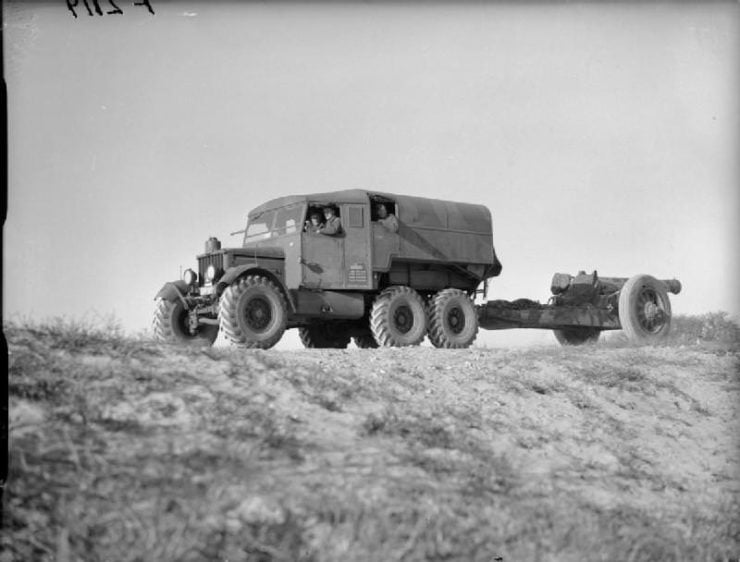
A Scammell Pioneer tows an 8-inch howitzer of 1st Heavy Regiment, near Calais. Image courtesy of Davies (Lt), War Office official photographer.
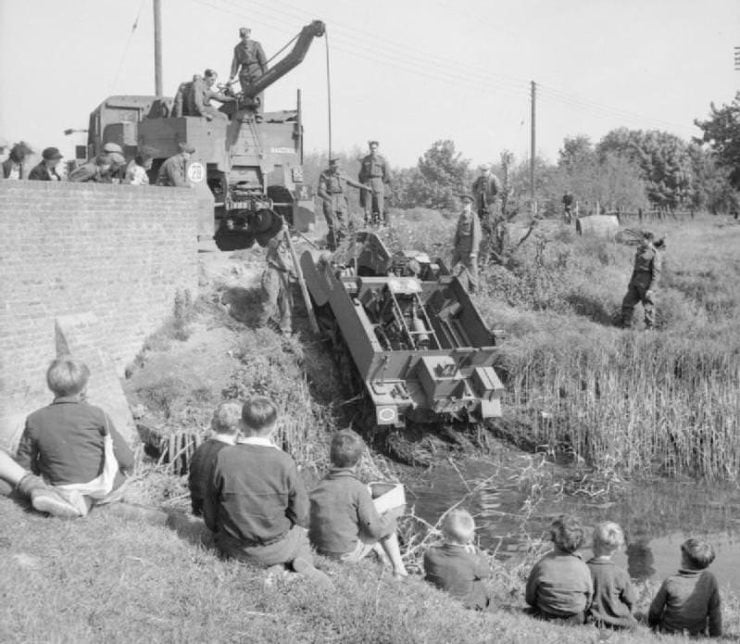
A Universal carrier of 53rd Division being hauled out of a stream by a Scammell breakdown lorry of No.2 Recovery Section, Royal Army Ordnance Corps, near Ore in Sussex, 3 June 1941. A gaggle of small boys watches with interest from the bank. Image courtesy of the British Imperial War Museum.
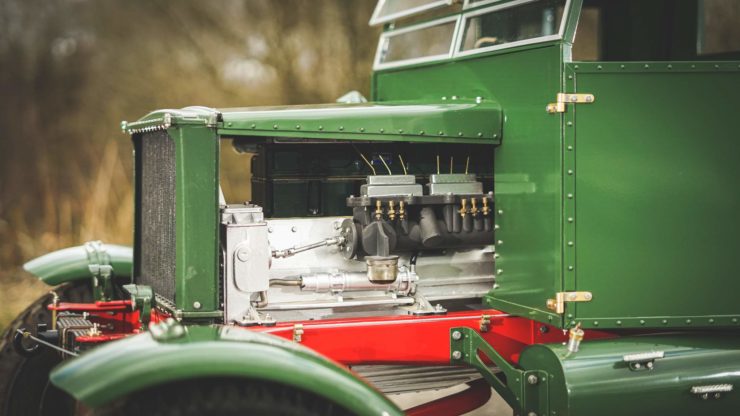
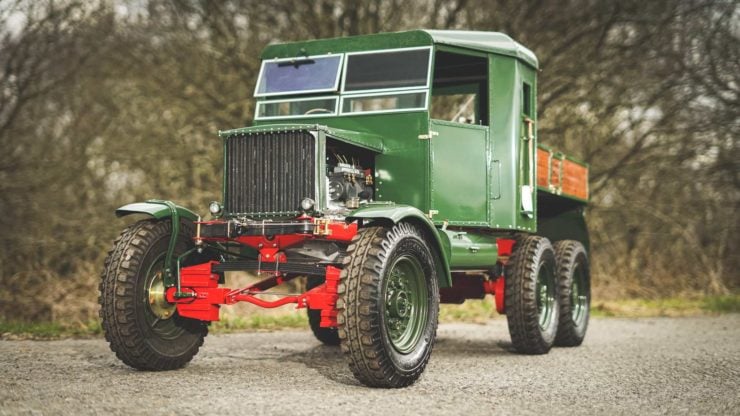

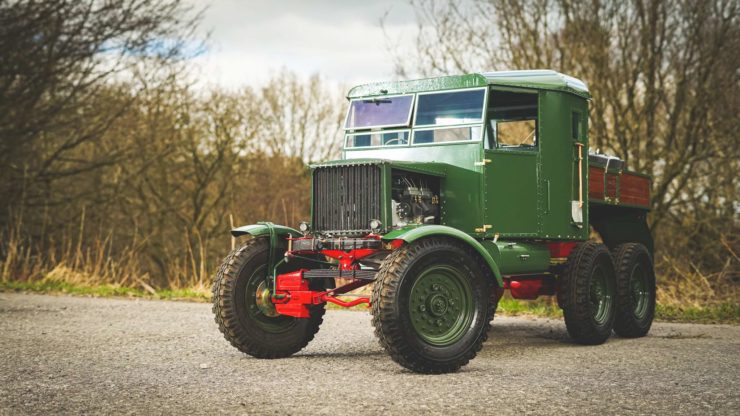
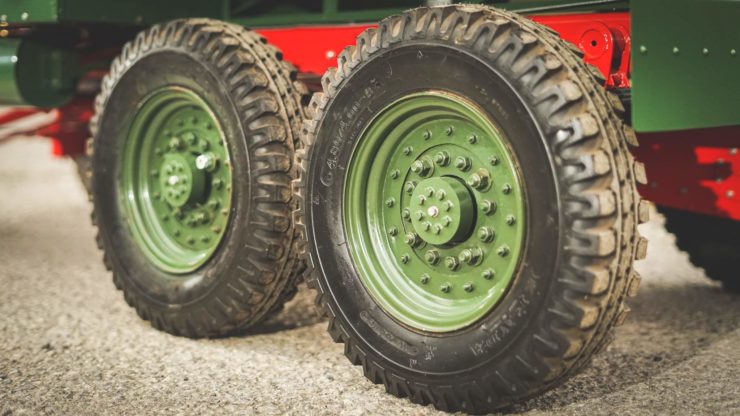

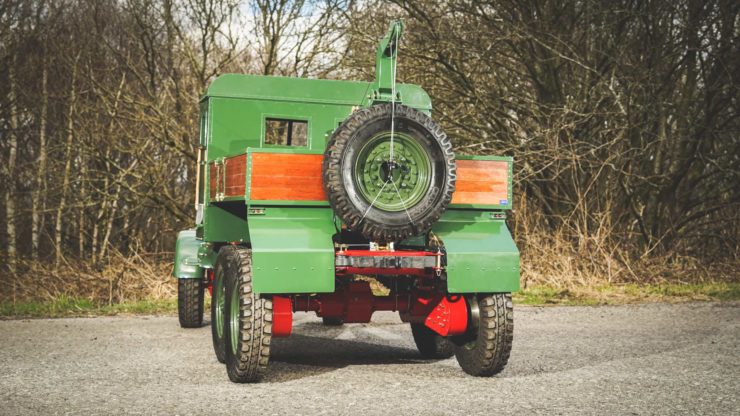
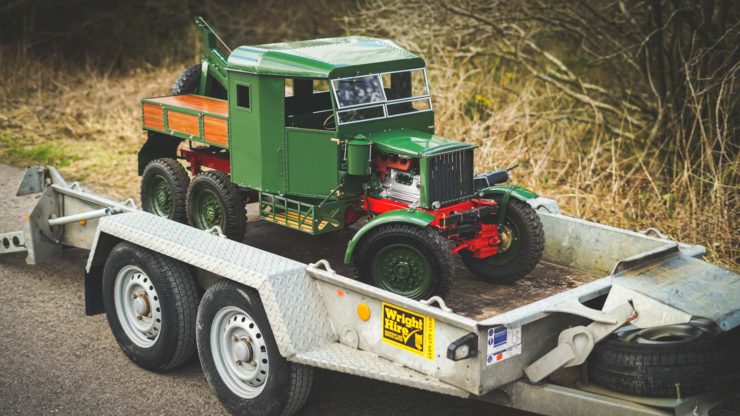
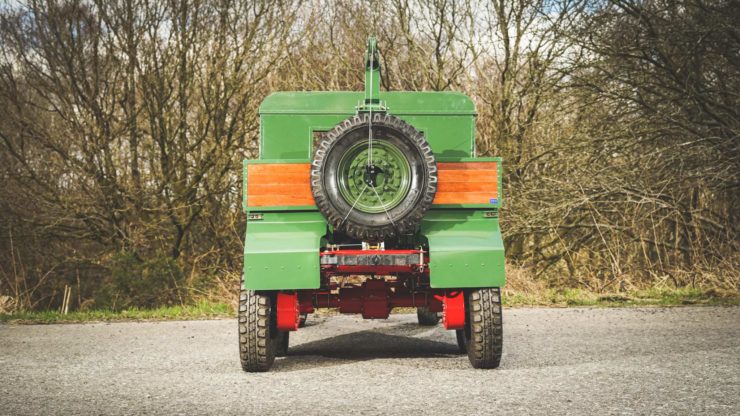
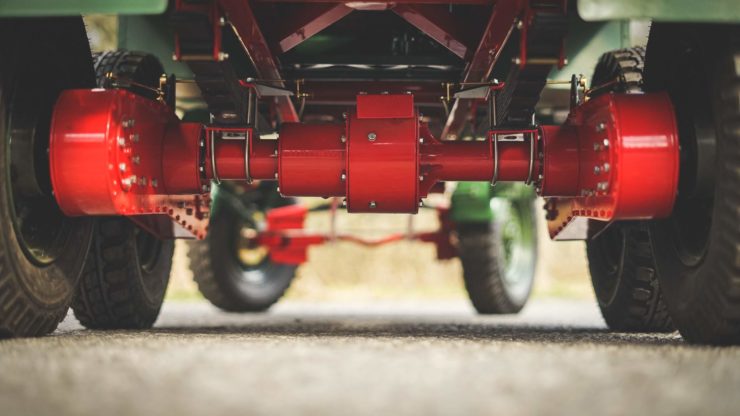
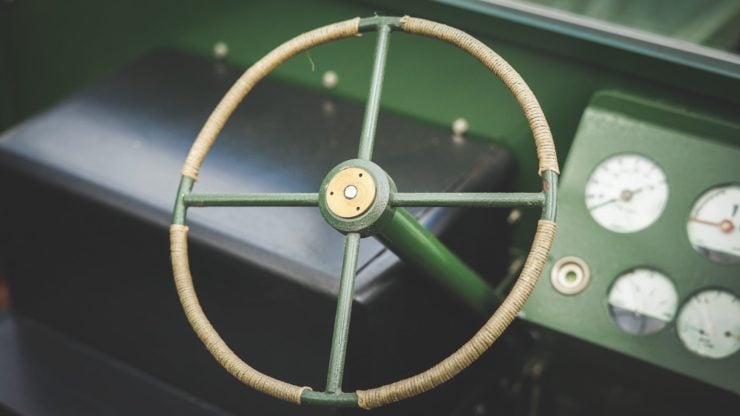

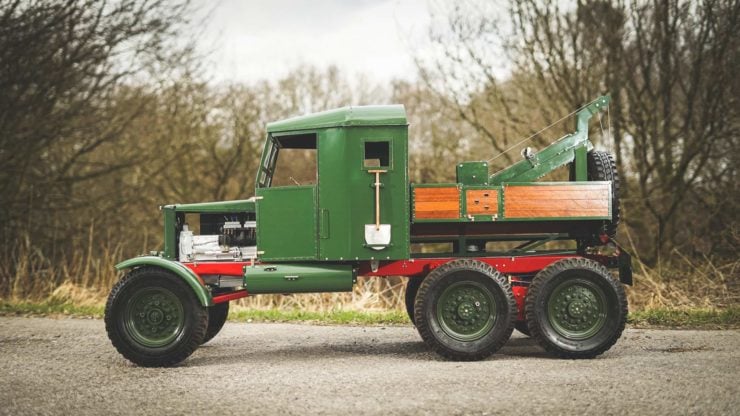
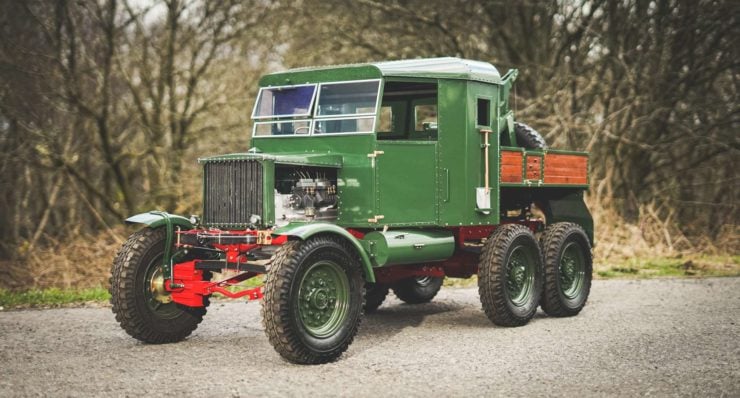
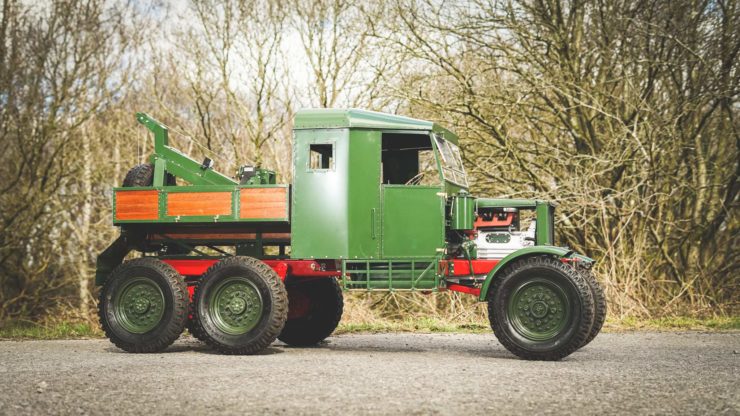
Images courtesy of Car and Classic.
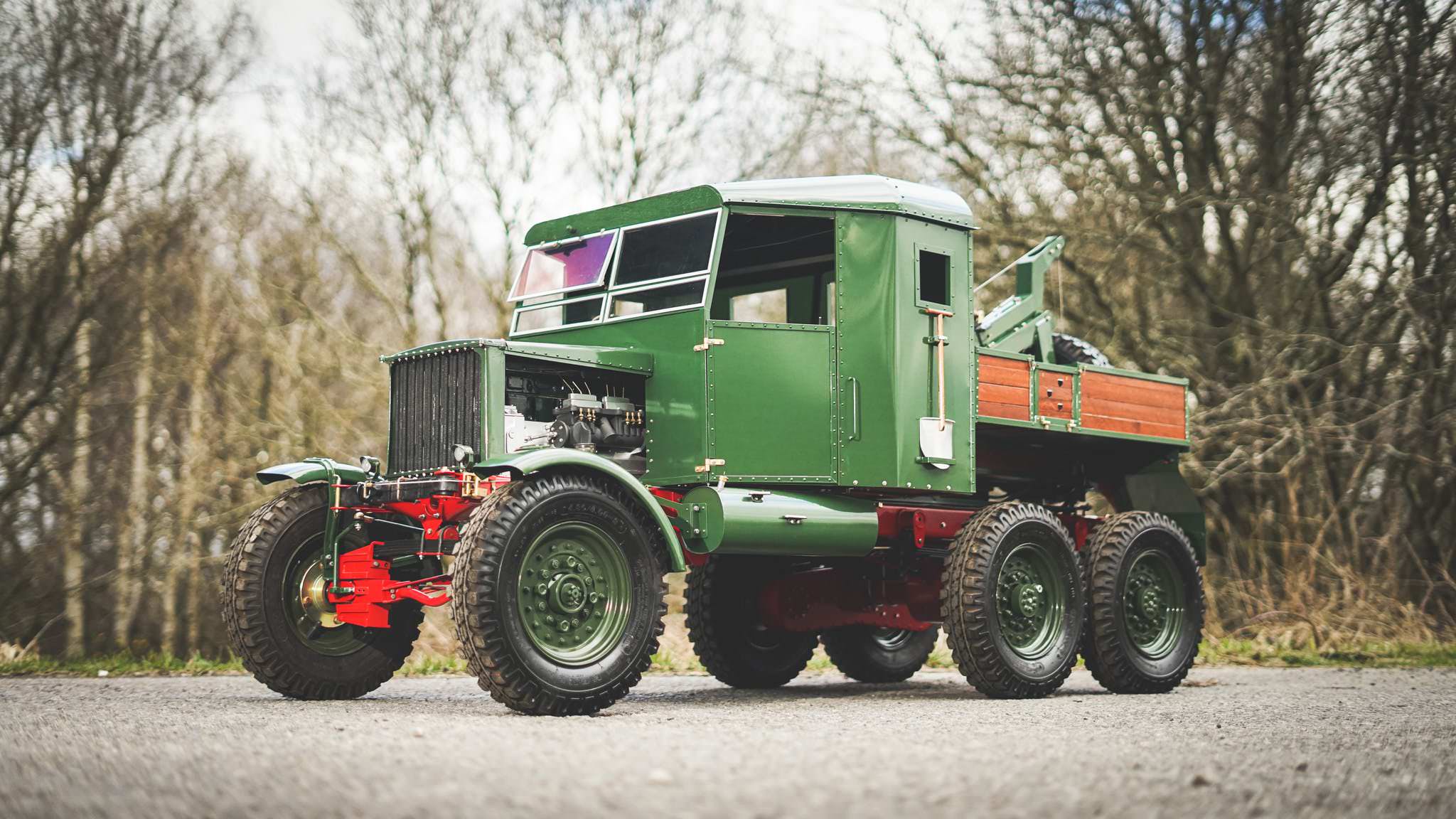
The post A Giant 1:3 Scale R/C Scammell Pioneer Artillery Tractor appeared first on Silodrome.
from Silodrome https://silodrome.com/scammell-pioneer-artillery-tractor/
via gqrds